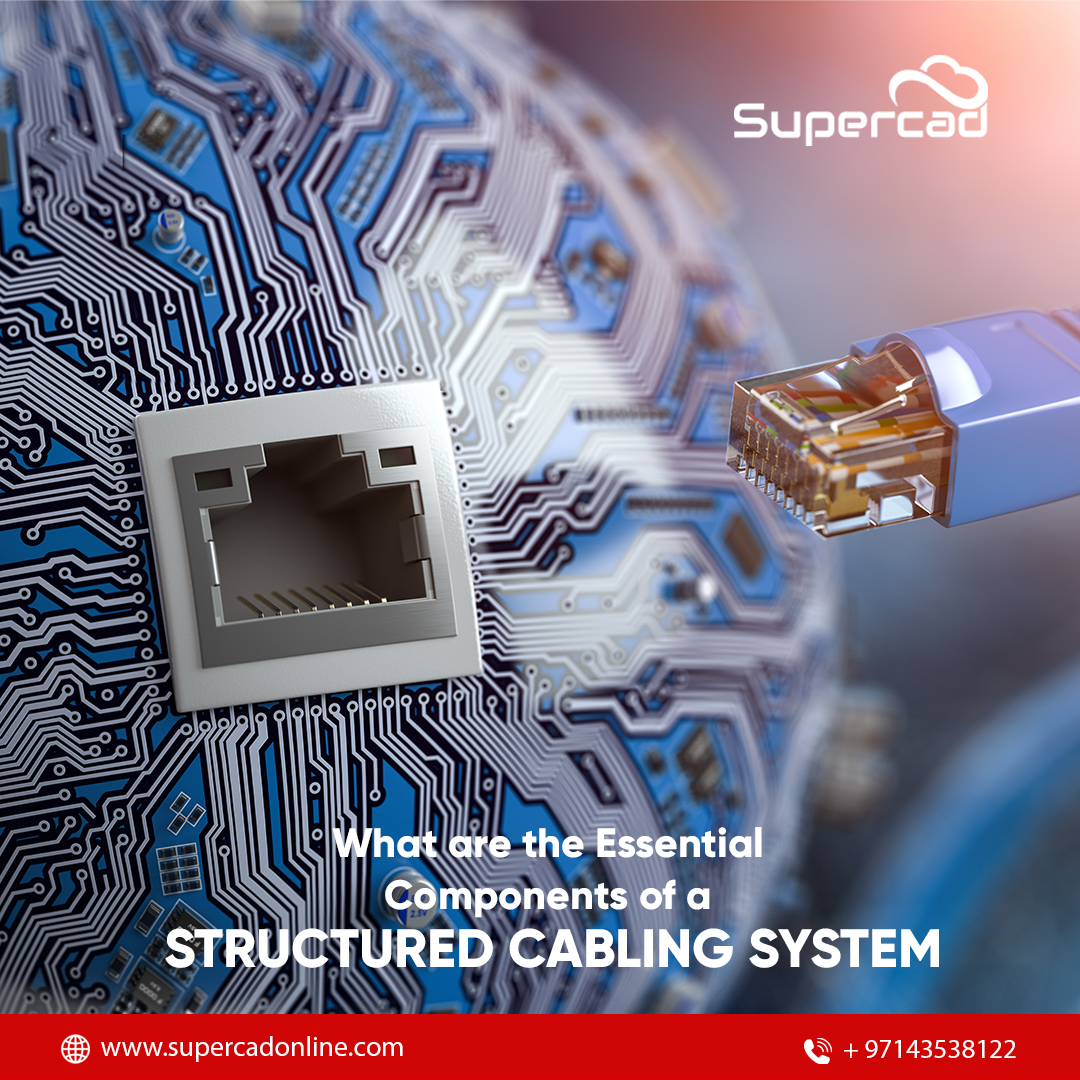What are the Essential Components of a Structured Cabling System
Cabling for voice and data communications systems was far less complex decades ago than it is today. To protect the cable, most systems used two- or four-pair copper wire sheathed in a binder. Connections were frequently made by stripping the end of the wire to expose the copper conductor. This was then connected to a set of connectors, known as a connecting block, that linked physical devices to a switching apparatus, such as a PBX system. More standardization was required for cabling, connectors, and the various types of wiring, including copper, fiber, and coaxial, as wiring and connection points evolved.
A structured cabling system is the most efficient way to organize your company’s network cabling and equipment. It is laid out and designed to meet your current and future needs, and it works so well because it is composed of smaller parts known as “subsystems.” These six smaller subsystems all work together to form your company’s infrastructure. The structured cabling system would not function without one of these subsystems. They all play an important role in ensuring that your business network operates at peak performance and efficiency.
Here are the essential components of a structured cabling system
- Entrance Facilities – Entrance facilities indicate the telecommunication service entering your premises through an opening on the wall. The service from the telecom provider or local area network would be routed through a conduit and connected to the devices inside the premises, room, or building.
- Equipment Room – All of the servers, PBXs, patch panels, network switches, and so on would be housed in the equipment room. This is the location where the power from the entrance facilities is connected to the appropriate devices. The equipment manufacturer or vendor can provide advice on the atmospheric conditions in the equipment room. A poorly maintained room can have an impact on the performance and life of the devices.
- Backbone Cabling – Normally, backbone cabling is installed on vertical channels or risers. As a result, backbone cabling is also known as riser cabling. Each floor is then connected to the cables. Backbone cabling, as the name implies, serves as a vital link between Entrance Facilities and telecommunication devices, between Equipment Rooms, and between different carrier spaces.
- Telecommunications Room and Telecommunications Enclosure – The letter TE denotes a dedicated room where hardware and backbone cables are terminated. TR could be a designated section of a large room for this purpose. For connecting different cables, local cables, patch cords, and patch panels are used.
- Horizontal Cabling – Horizontal cabling is used to connect telecommunications resources to users’ workspaces. The horizontal cabling would run from the user’s device to the nearest TR, with a maximum approved cable length of 295 ft.
- Work Area – The structured cable system terminates at the work area. Normally, the user’s device would be connected to the telecom network via a connection from a wall outlet or jack.
Supercad Trading is your go-to provider of IT AMC in Dubai, offering cutting-edge IT, consulting, and trading solutions. It is one of the most dependable structured cabling companies in Dubai, with a team dedicated to providing customer-centric information technology solutions at reasonable prices. If you are looking for structured cabling services in Dubai, contact them

